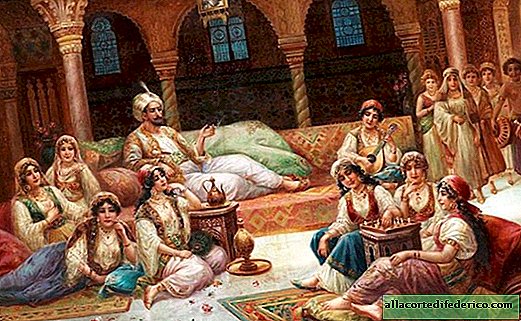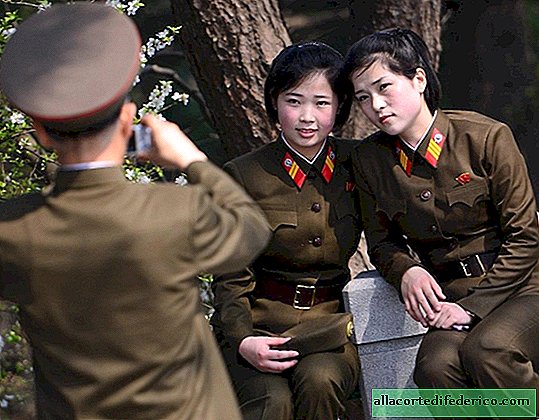How women lived in eastern harems, or what romantic films don't talk about
Often, films whose plot affects life in the eastern harems show us a literally idyllic picture: beautiful half-dressed women, babbling fountains, magnificent palaces, relaxing hammams and constant bliss. However, viewers should not forget that in fact those days were cruel, and the life of women was very difficult. So let's figure out what the Sultan’s harems were in reality.

If we turn to the meaning of the word "harem", we will see that in Arabic it means "separated, forbidden." In other words, this is a place in the house that is hidden from prying eyes and carefully guarded by servants. A huge number of women always lived there, their number at times could equal several thousand. The dominant role in the harem was played by either the concubine, who managed to be the first to marry the Sultan, or the eunuchs.

Wife and concubines for the ruler was always chosen by his mother. But in view of the great competition, not everyone managed to give the padishah the heir, and even more so to establish a strong relationship with him, let alone, many in their entire lives could never see their fiancée. Therefore, in order to earn a place of honor in the harem and the attention of the "husband", a great mind, cunning and prudence were required.

However, even after receiving the cherished, it was impossible to afford to relax. Otherwise, the sultan could get carried away by another girl, and order his wife hardened with eyes to be executed. The easiest way to execute was by strangulation with a silk cord, but there were much more cruel options. For example, a concubine was placed in a tightly tied bag with snakes and thrown into the sea with a stone on her feet.

Curious is the fact that initially in the Ottoman Empire, and if you believe the documents, it was there that the first harems appeared, only a heiress of Christian rulers could marry a padish. Later, during the reign of Bayezid II, the sultans ceased to limit themselves to marriage and could marry any of their concubines.

Future slaves could buy at the age of 5-7 years. Parents sold their daughters and signed a waiver of rights to them, after which the girls were taken to the palace, where they grew up and were brought up to puberty - 12-14 years. During this time, they were taught literacy, surahs of the Qur'an, etiquette, secular communication and skills on how to please a man.

The concubines in the harem were well treated, and even the slaves received payments every day, the size of which was set by the sultan himself. But for their wrongdoings, they were severely punished with whips and sticks. For girls who managed to become the favorites of the ruler, life changed dramatically. They were trusted to organize charitable foundations and finance the construction of mosques.

If the slave lived in the harem for 9 years, then, with the permission of the padishah, she could become free and leave. If the sultan approved of her choice, then he and his mother, a valid sultan, bought her a house, gave her a dowry and helped find her husband.

To make it easy to convict a concubine of treason, all eunuchs were brought from Africa. Indeed, in the event of pregnancy, a girl would have had a black child. However, this could happen infrequently, since most eunuchs fell into the harem already neutered.

There are no more harems in modern Turkey. The last of them disappeared at the beginning of the 20th century. However, polygamy is still common among the elite.


















